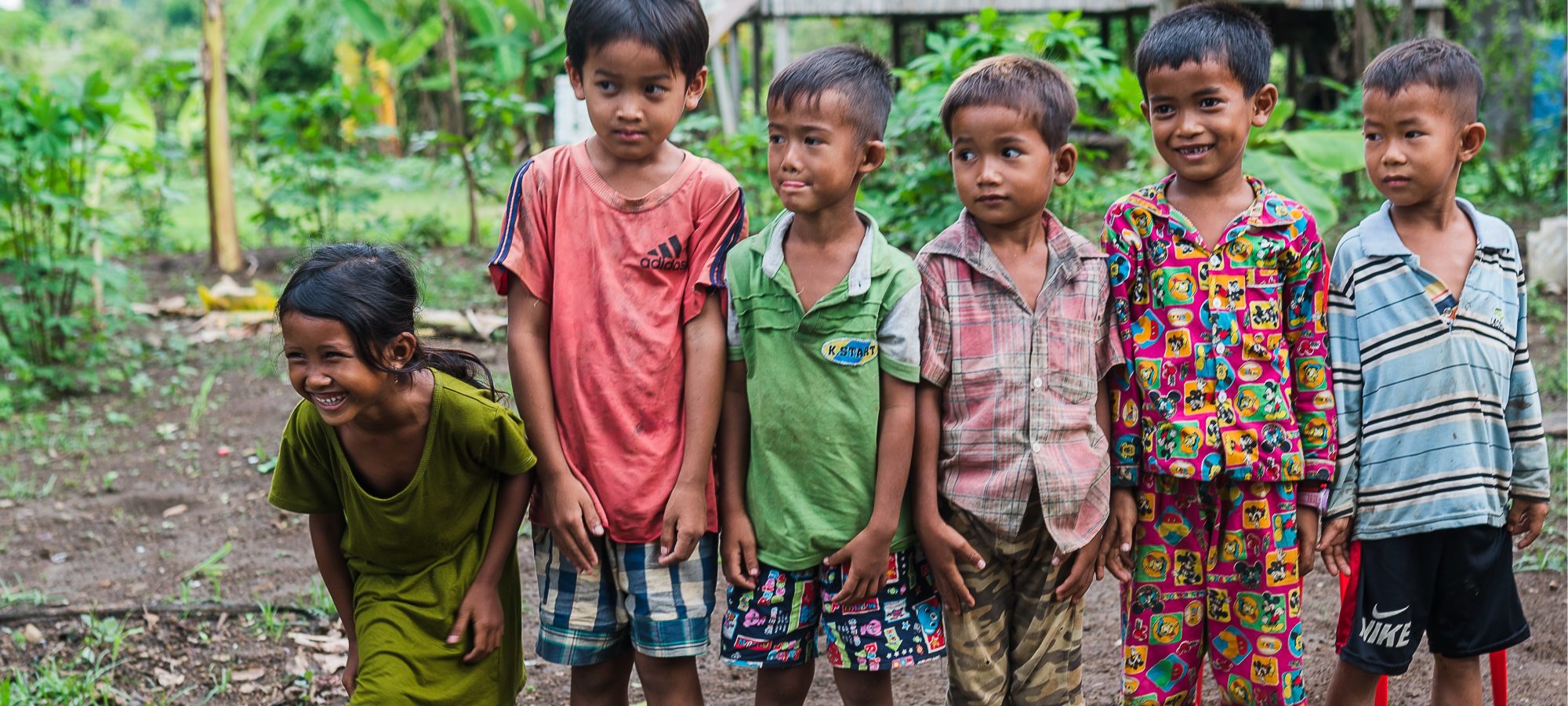Around 130 countries are affected by arbovirus diseases, cases are increasing rapidly across these countries and appearing in countries previously unaffected. An estimated 100-400 million people are infected by just dengue alone each year, bringing suffering to mostly young children. The Zika crisis, the 2019 dengue outbreaks in over 50 countries, and recent chikungunya surges have shown the seriousness of this increasing threat – in spite of this, most countries remain ill-equipped with inadequate policies and capacity to respond.
We brought together leading experts in the field of arbovirology from around the world to discuss the silent spread of the vectors responsible for arboviral diseases. Moderated by Malaria Consortium’s Senior Vector Control Specialist Dr Leo Braack, the webinar included a keynote presentation from WHO’s Dr Raman Velayudhan and perspectives from Asia, Africa and South America from Dr Bhupendra Nagpal (WHO), Dr Joel Lutomiah (KEMRI), Dr Haroldo Bezerra (PAHO) and Dr Ahmed Ayman (University of Khartoum).
This global discussion reflected the widespread concern about arboviral diseases amongst experts and consensus on what needs to be done at a national and regional scale to reverse this worrying trend and address urgent needs.
Difficulty in estimating the burden of arbovirus diseases
One of the biggest issues in controlling the spread of arboviruses is the lack of integrated disease surveillance across the world. Increased movement and the displacement of populations have contributed to their spread because arboviruses travel with people undetected. This, coupled with low levels of reporting, has made it difficult to estimate the burden of arboviral diseases worldwide and contributed to their being overshadowed by other diseases such as typhoid and malaria. The challenge for countries in estimating the true burden of arboviruses makes it difficult to plan and implement interventions effectively.
Diagnosis of the diseases
Diseases like dengue can easily go undetected within communities, many cases are asymptomatic and often not diagnosed correctly. Multiplex diagnosis tools have the potential to provide a viable solution to overcome this issue and Malaria Consortium is currently working with Imperial College London to develop one. Tools such as these will be able to differentiate between bacterial and viral infection, taking us an important step closer to the differential diagnosis and subsequently confirmation of which virus is causative.
Better inter-sectoral and inter-ministerial collaborations are needed not just within and across different Ministries of Health
A devolved health system is both an opportunity and a challenge. In many countries, vector control is managed by city councils, but they do not always have the capacity to adequately manage this. Provincial and national administrations need a joined-up approach in order to target vectors more effectively. At a programmatic level, dengue is not only a health problem, but a multi-sectoral problem. Dedicated funding is required to enable assigned staff to dedicate time and resource to effectively respond and adapt to the environment to properly tackle the threat of arboviruses.
Community engagement must be a priority in controlling arboviral infections
With no effective vaccine for diseases like dengue currently available, engaging communities in vector control strategies is essential. Aedes mosquitoes, responsible for transmitting these viruses, are urban breeders around areas of human habitation and so control measures need to be implemented both at workplaces and within the home in order to effectively control arboviral infections. Community engagement can be implemented in low-cost ways and lead to a sustainable reduction in transmission. Successful examples include encouraging households to eliminate mosquito breeding sources within the home and engaging students at school to learn about the importance of vector control within the community, which leads to a sustainable reduction in transmission.
Appropriate tools are urgently needed to deal with the vectors
The existing armoury of mosquito traps and other tools that target day-biting and outdoor-biting Aedes mosquitoes are not adequate; sleeping under insecticide-treated bed nets provides little protection from A. aegypti and A. albopictus mosquitoes that bite during the daytime. Over time, higher levels of resistance to commonly-used insecticides also render chemical control efforts less effective. New approaches and technologies are needed to target the vector directly.
Lack of funding
A lack of sustained funding remains one of the biggest challenges in controlling the spread of arboviruses. In 2020, many governments have faced the double burden of the emergence of COVID-19 alongside the growing threat of arboviruses, with arbovirus cases continuing to increase and appear across more and new areas of the world. Despite this, there remains a lack of urgency and reactiveness in responding to arboviruses as budgets for health remain largely focused on diseases such as malaria and responding to the COVID-19 pandemic, meaning arboviruses have slipped further down the list of priorities.
The lack of entomologists and career pathways for entomologists
The gap in training opportunities and less emphasis on other vector-borne diseases beyond malaria, has led to a shortfall of dedicated technical specialists. A lack of definition in career pathways for future entomologists in arbovirology means that experienced entomologists are retiring without anyone else in place. Governments need to ensure proper planning when specialists retire and create opportunities for adequate training for future entomologists.
Climate change
An increase in extreme weather events related to a changing climate is likely to raise the risk of outbreaks of existing arbovirus diseases and the emergence of new ones. Rising temperatures and climate change has led to increased water shortages, leading to behaviours within communities, such as hoarding water, that in turn creates ideal breeding grounds for Aedes-borne diseases. A changing climate is likely to also affect the geographic distribution and seasonality of these diseases, as well as increase the likelihood of them presenting in new or previously transmission-free regions.
To view the webinar in full, visit our webinars hub.
